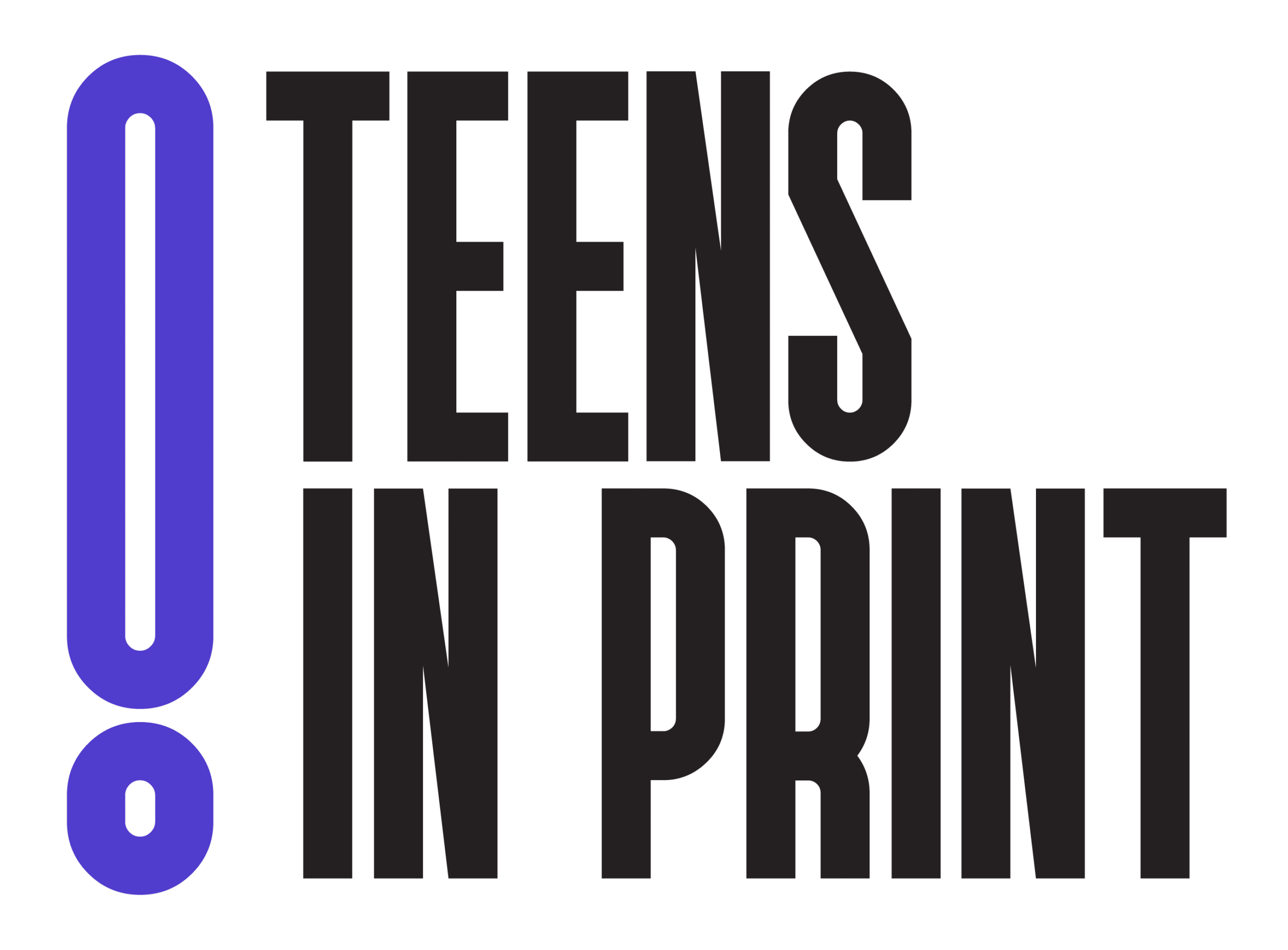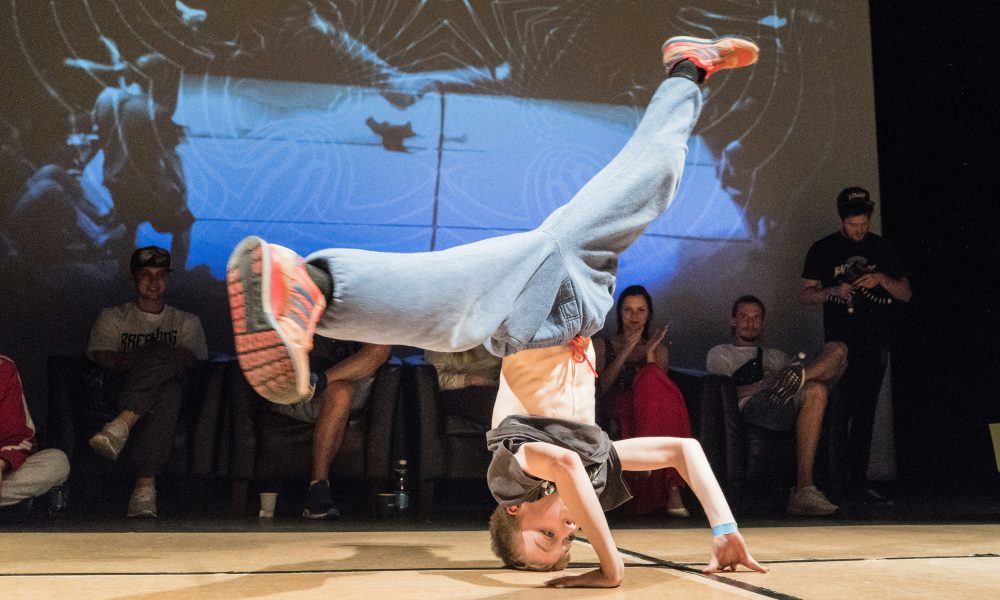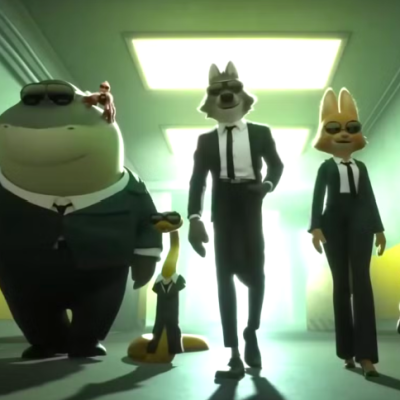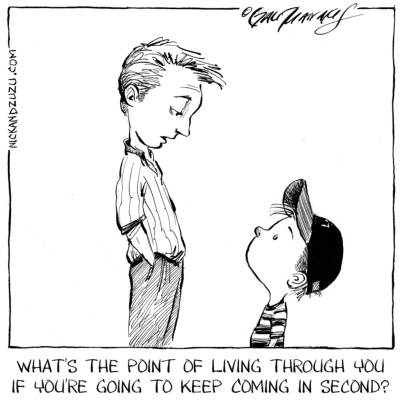Breaking Can Be a Sport While Maintaining Its Identity as a Dance
When you think of a sport, what comes to mind? Usually, the answer is basketball, soccer, football, tennis, etc. You’d be right to say this, they are widely recognized by all as sports in a traditional sense. Keyword: traditional. At the 2024 Olympics, many sports have been added, one of them being breaking, commonly known as breakdancing. Its introduction was met with a wide range of emotions; confusion, joy — and disappointment. Many hold the sentiment that it doesn’t deserve its spot at the Olympics and shouldn’t be considered a sport at all. While it is undoubtedly an art form and dance, there are levels to it, from the creative and athletic factors to the technicalities of it all that should convince many to deem it a sport while maintaining integrity as a dance.
An important question to ask when qualifying something as a sport is “What is a sport?” By definition, a sport is an activity or game involving physical exertion and skill, competing under a set of rules. Breaking checks off all of these boxes.
Power moves, the flashy spinning moves that you think of in breaking and the most dynamic part of breaking, take immense amounts of dedication, physical training, and conditioning in order to pull them off. As a breaker, I know personally that even Breaking’s beginner power moves like flare and windmill are exhausting to pull off and the process of learning is a step above just exhausting, and thus not seeing the value and effort that goes into these moves is disrespectful alongside ignorant.
It’s not just the textbook definition under which Breaking could be considered a sport, but even the NCAA’s qualifications of a sport: “an institutionalized activity involving physical exertion with the primary purpose being competition versus other teams or individuals within a collegiate competition structure.” While not fully recognized by colleges as a competitive sport, college-breaking competitions called “Jams” are held all around the nation with the support of the National Collegiate Breaking Association.
Many make the argument that because breaking is and was originally a dance, it is scored on a subjective system, thus liking someone else’s moves over another isn’t concrete enough to make it a sport. However, this isn’t necessarily the case either. In breaking, footwork (the dance done on the ground) and toprock (the dancing done while standing up) are creativity-reliant aspects of breaking and thus are seen as more subjective than power moves. However, sports that are formally recognized by the NCAA, the Olympics, like skiing and especially gymnastics have parts of their scoring that can be argued as subjective. Skiing scores on components such as difficulty, variety, and informally in the Olympics, style. In gymnastics, there is a D-panel that determines the Difficulty Score based on the moves they do, whereas the E-panel determines the Execution Score by “the execution and artistry of the routine.” In an interview with pro-breaker and Olympic athlete, Philip “Phil Wizard” Kim, he puts it like this: “You have categories like originality, execution, and difficulty. But ‘difficulty’ is a hard one to judge, because you could do something physically difficult, but you could do something equally creatively difficult. How do you gauge those factors?” Beautifully said.
These factors make any sport with subjective scoring harder to cement a fair winner, but if it can be done with other widely accepted sports, why can’t the same be done for breaking? Why can’t it be seen as a sport? What holds it back?
Breakers themselves actually. Well, to their credit, major organizations, and society also hold breaking from being seen as a sport, but breakers themselves don’t see it as a sport. To understand what I mean, Breaking started in the 70s and was created by African American and Latinx youth in the Bronx as a dance form to do at parties. Its rise over the world helped the cultivation of hip-hop culture, alongside cementing itself in the culture. As a result, There is a heavy focus by many breakers on paying respect to it as an art form, as a lifestyle, and as a culture. Some make the argument that it started as and should stay as a form of self-expression; its introduction to the Olympics and the idea of making it a sport makes it lose the very essence of what it started as a creative dance for self-expression. To this, I say: Why can’t it be both?
Breaking in essence has always been a competitive dance with athletic aspects. There have always been breakers who were focused on the competition over honing the artistry and creativity factors. Red Bull BC All Star and breaking athlete B-Boy Neguin has this to say: “Of course the highlight goes a lot to competition,” says Neguin, “because that’s what society has been putting out there since the beginning of time. People love the act of competing and proving who’s the best or who’s the loser.” Breaking has always been competitive, it is simply just being pushed more towards the competitive side of the culture with its introduction into the Olympics. Many breakers are afraid that this transition will favor athleticism over creativity; competitions of who can spin on their head the longest. But these factors don’t need to be seen as two things separate from each other. If anything, they can work in tandem to produce one’s best. B-Boy Hijck from the USA said something similar about this: “If I treat my body as an athlete, then it will only help the artist mindset create more and be able to reach higher levels, because my body then is prepped to be able to move creatively.” This all isn’t to mention that local competitions will still exist outside of major competitions that will be more than likely to evaluate creativity more than major events like Red Bull BC One and the Olympics.
So, breaking should be qualified as a sport and still maintain its identity as a dance. From starting in the Bronx to making its way to the Olympics, breaking has what it takes to reach new, broader heights as a sport and as a dance. And while it is both, it will forever, no debate, be dance first, sport second.










